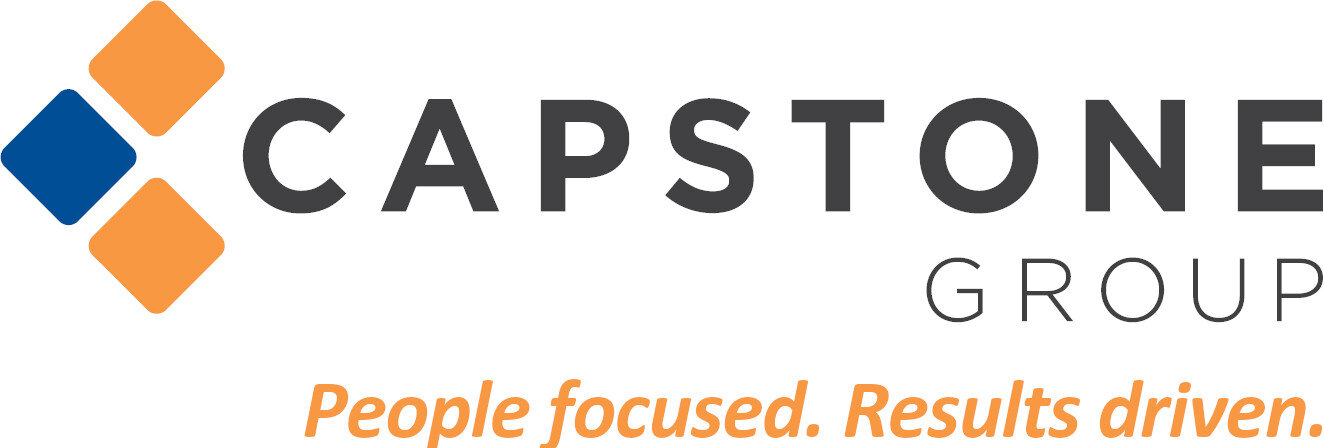Introduction
Since 2019, the commercial insurance industry has been grappling with a hardening marketplace, one characterized by increased premiums, stringent underwriting criteria, restricted terms of coverage and less competition amongst insurance carriers. This was caused by a combination of increased claim frequency and severity, increasing jury awards in liability cases, lasting complications created by the COVID-19 pandemic, evolving cyber security threats and natural catastrophes causing large-scale property damage.
Trends to Watch
As we enter 2023, developing trends such as labor shortages, supply chain disruptions, and inflation issues will continue to have a direct impact on insurance buyers. However, for the first time in three years we are seeing such volatile industry conditions begin to stabilize for organizations with above-average risk profiles or exposures. When looking ahead, there are some notable trends that are impacting insurance buyers across many industries.
Labor Shortages – Labor shortages continue to present challenges for employers, impacting businesses of all industries and sizes. A recent survey conducted by Provident Bank identified that 75% of businesses have been affected by current worker shortages. To help combat various workforce movements, many employers have adjusted their hiring and retention strategies.
Supply Chain Disruptions – While most businesses have resumed normal operations and increased production levels since the dark days of the pandemic, consumer demand in many industries continues to outweigh inventory and shipping capabilities. Rising fuel costs, the ongoing shortage of labor, and extreme weather events have only added to the supply chain bottlenecks mostly impacting employers in the manufacturing, construction, and retail sectors.
Inflation Issues – Labor shortages and supply chain disruptions have largely contributed to rising inflation concerns in the commercial insurance industry. According to recent BLS data, the 2022 consumer price index (CPI) for urban consumers increased by 9.1% year over year in June 2022, a 40-year high. The elevated CPI has driven up claim costs across several lines of insurance, inflating the total loss experience of the property & casualty industry.
Notable Coverage Lines
Certain coverage lines such as Property, Umbrella, Employment Practices Liability (EPLI), and Cyber liability will continue to drive hard market conditions while others such as Workers Compensation will provide opportunities to leverage market competition.
Property – The economic trends described above are directly impacting construction costs and property replacement values. Significant natural events including Hurricane Ian, flooding in Kentucky and Tennessee and wildfires in the Northwest have also contributed to rate increases. It’s imperative to individuals and corporations review their property coverage limits and make adjustments according to replacement costs in today’s dollars. The Council of Insurance Agents & Brokers (CIAB) Q3 2022 Property & Casualty Market Report indicated a 11.2% average increase in commercial property rates.
Auto – The auto insurance market has experienced substantial challenges in recent years stemming from surging accident frequency and severity, numerous road safety challenges, widespread driver shortages, and the increase of nuclear jury verdicts. These trends have led to poor underwriting results for insurance companies, resulting in 45 consecutive quarters of auto premium increases passed onto insureds, according to CIAB. The CIAB Q3 Property & Casualty Market Report indicated a 7.6% average increase in commercial auto rates.
Umbrella – The umbrella and excess liability markets continue to be adversely impacted by large claim trends. Social inflation, third-party litigation funding and tort reform have accelerated the frequency of large settlements and jury verdicts. The CIAB Q3 Property & Casualty Market Report indicated a 11.3% average increase in commercial Umbrella rates.
Employment Related Practices Liability (EPLI) – Labor shortages in some industries, coupled with recent mass layoffs in others, has already resulted in an uptick of Employment-related claims. In response, underwriting is beginning to tighten for both first-time buyers as well as on renewal policies. When providing information that may be perceived as unfavorable to underwriting (i.e. recent downsizing), it’s important to provide additional details of why decisions were made and the steps your company has taken to avoid potential litigation from current and former employees. Consider including a narrative attached to general application submissions.
Cyber – Cyber insurance has been a source of pain for many employers in recent years. Ransomware attacks and data breaches have led insurers to drastically increase premiums, limit coverage, and demand greater network security requirements from employers. According to recent CIAB industry data, many insureds experienced 50%-100% rate increases in 2022. All organizations, regardless of size or industry, should continue to prioritize their cyber hygiene and network security.
Workers Compensation – Workers Compensation rates are expected to remain stable in 2023, as underwriting results have been favorable in recent years. Carrier competition for this coverage line is strong, which will continue to drive down rates and offset increases in other challenging lines. The CIAB Q3 Property & Casualty Market Report indicated a -0.7% average decrease in Workers Compensation rates.
Tips moving forward
While the insurance market outlook has been grim in recent years, we expect the turmoil to marginally stabilize in 2023. For employers, it’s important to focus on what you can control. That is, implementing solid risk management strategies to minimize claim history and improve your risk profile. It is equally important to align yourself with an experienced insurance broker who will proactively differentiate your business to the underwriting community and evaluate alternative risk financing options where appropriate.
Contact Us:
Gregory L. Chaples, CIC
Vice President - Property & Casualty
Office: 215-542-8030






